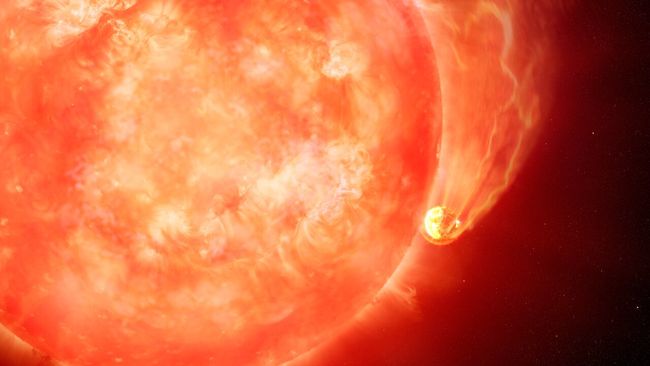MI weekly selection #552

Human migration received help from Toba eruption
A study on an archaeological site in Ethiopia has added to evidence that indicates the eruption of Mount Toba in Indonesia 74,000 years ago might not have been apocalyptic. The study shows humans adjusted to arid conditions after the eruption in a way that might have aided migration to places beyond Africa.
Full Story: CNN
Everyone looks demonic to person with rare condition
Victor Sharrah of Tennessee has prosopometamorphopsia, a rare neurological disorder that distorts faces in color, shape, size or texture and makes people look demonic. Dartmouth College researchers have created a digital representation of what Sharrah sees and have published it in The Lancet to facilitate better understanding of a condition that might be underreported and misdiagnosed.
Full Story: NBC News
“Singing” stars can measure distances in space
The “singing,” or acoustic oscillations, of stars’ red giant phases at different ages can help measure cosmic distances more precisely, according to a team of researchers led by EPFL scientist Richard Anderson. The music of this red giant phase — which begins as a star’s inner core collapses and the outer layers swell during continued nuclear fusion — could help scientists sort out the current “Hubble tension” problem with the cosmic distance ladder.
Full Story: Space
Planet evolution theories challenged by engulfment study
Researchers studying 91 pairs of twin stars discovered that one in every 12 displayed evidence of planetary ingestion, a phenomenon previously believed to be rare, according to a study published in Nature. One common reason for planetary engulfment was the development of a “wobble” that caused twins to fall into their companion stars, according to the study.
Full Story: The Conversation
Edible algae has antiviral properties for bees
An edible antiviral food additive made from blue-green microscopic algae strengthens bees’ immune systems against deformed wing virus and other viral threats, according to research published in npj Sustainable Agriculture. The algae, which are grown by photosynthesis, also remove carbon dioxide from the air.
Full Story: PhysOrg